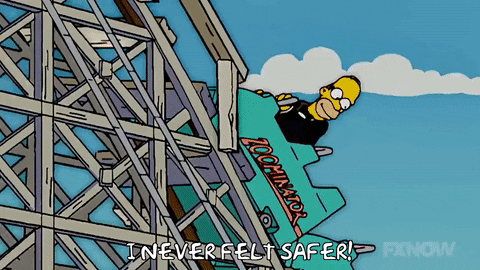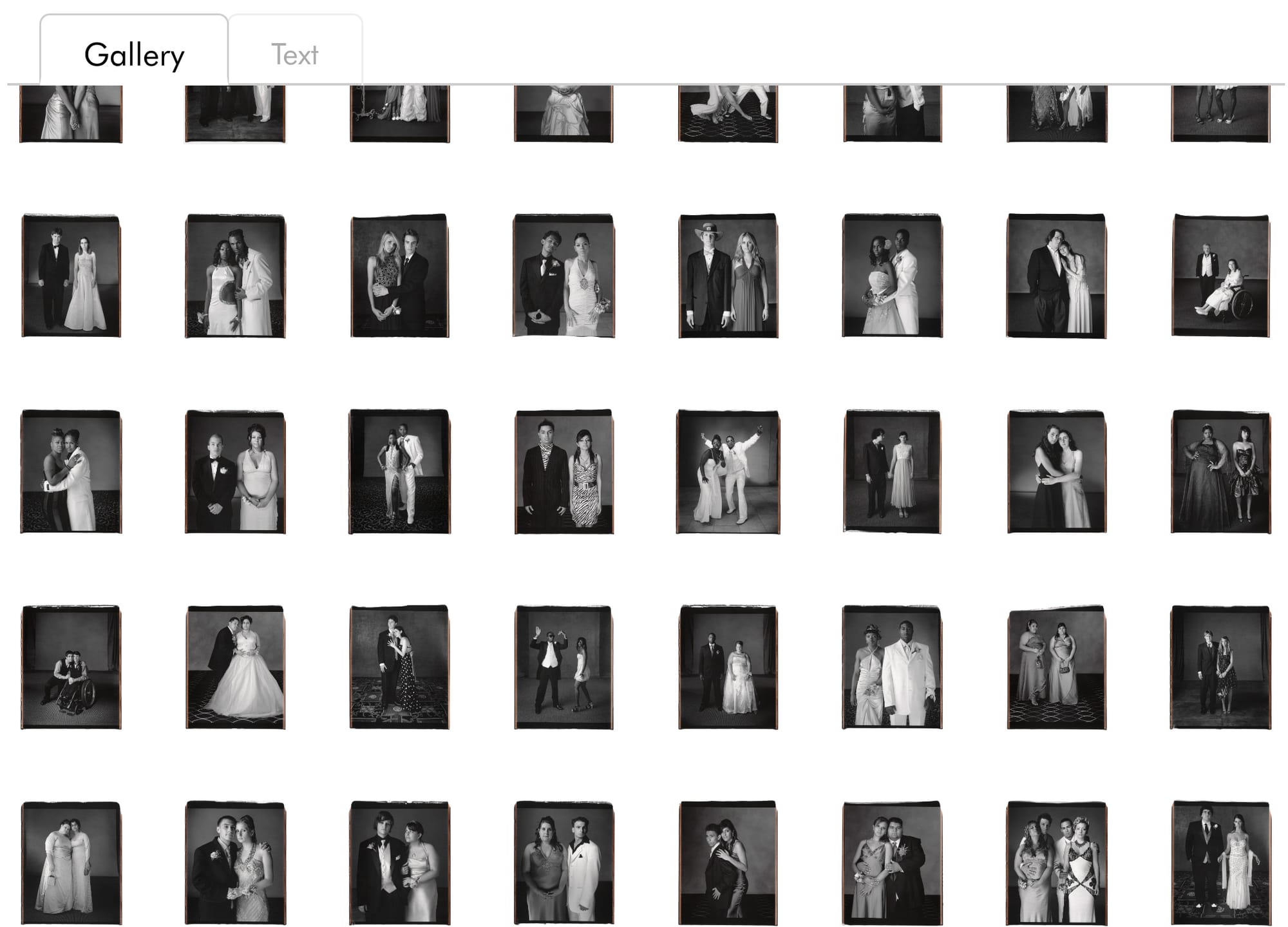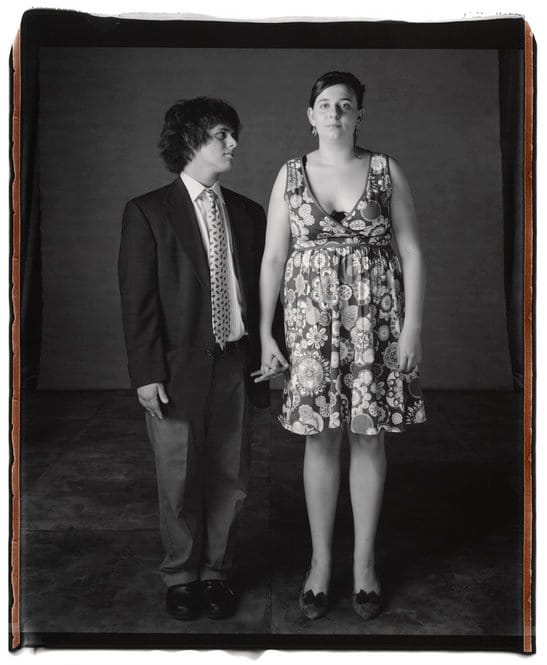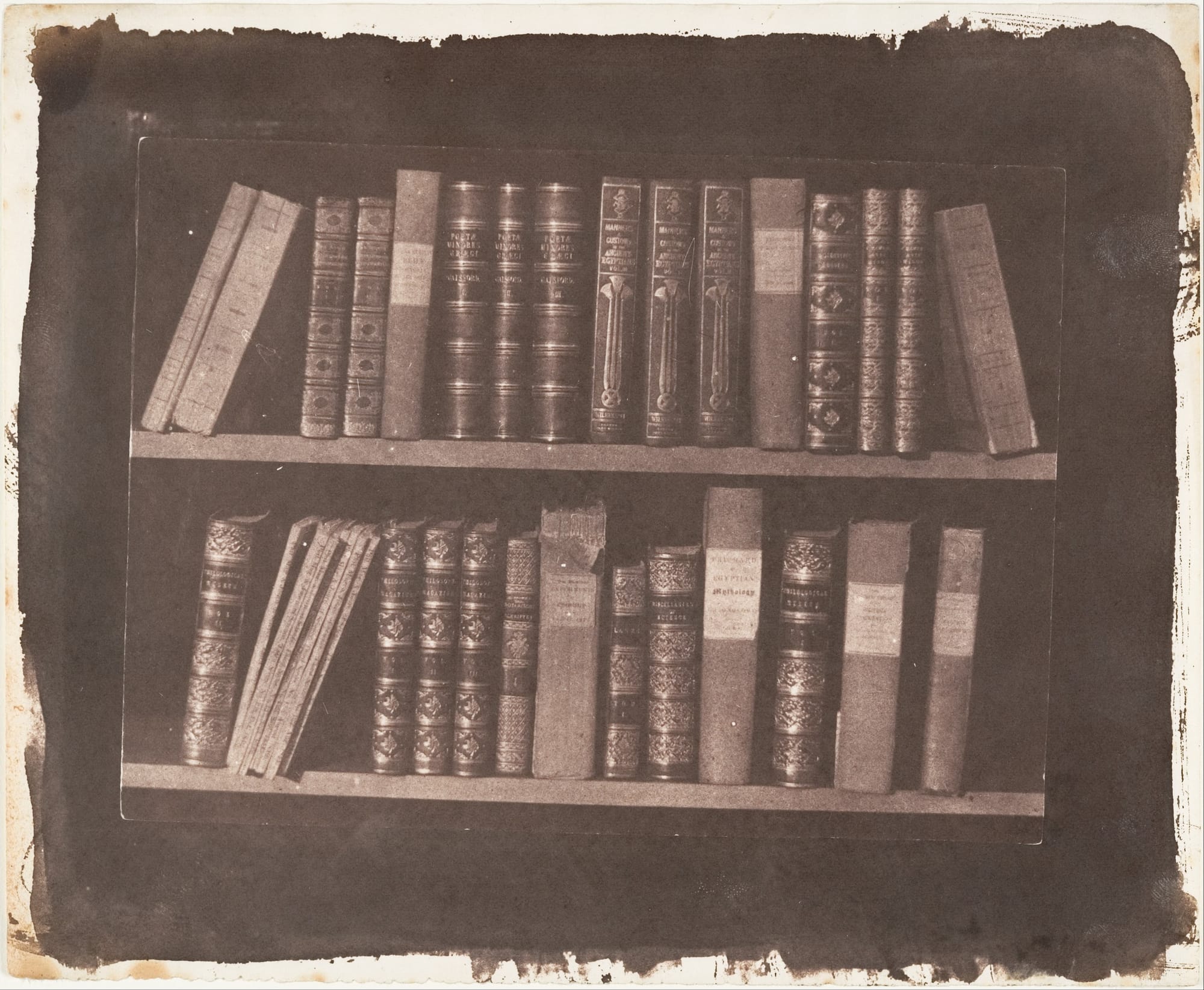#EN2.1 New Year's resolutions
The basics of dismantling stereotypes.

Welcome to the "new" Making Pictures!
Although the overall theme remains the same, there have been some improvements in data and content management. When I first started writing Making Pictures two years ago, Substack was one of the most user-friendly platforms to publish content and send it as a newsletter. However, as time passed, more community features were added to the platform, which made me feel like it was no longer the right place for me.
As I wrote in the last article after submitting this post, I will delete all subscriptions on Substack. I will keep the full archive for a few more weeks, just enough time to correct any formatting issues here. After that, I will delete all the articles except for the last one. That post will serve as a placeholder for those who may still be visiting the old website during 2024. Finally, I will close the doors altogether, but this will happen at the end of 2024. At the moment, it seems like a distant future.
This year is going to be a roller coaster. In the end, between exams and work, that's how things turned out, and I'm not complaining.

Up until now, I have been focusing 90% of my energy on studying and conducting research, with only 10% of my time dedicated to photography. Ideally, I would have liked to balance both aspects, but that's how things turned out, and I'm not complaining. School and work have taken up much of my time in 2023.
So, I've only got two more exams to go and I'm already working on my thesis for my Bachelor's in Psychosocial Studies. I'm trying to figure out how to tie in my photography work with it, but I'm not sure how yet. My thesis advisor seems excited about it though, so I'm just going to keep going and make adjustments as I need to.
I'm finally able to spend more time working with pictures than hitting the books! It's great news, but it also means that the next few months will be more hectic than usual. I don't think I'll be able to keep up with Making Pictures content at the same pace. I'll keep posting and see how things go.
As part of my thesis, I am studying the visual representation of mental health. The way we define (and represent) "healthy" and "sick" has a significant impact on our perception of the world and the people around us, which, in turn, influences our behavior. Some researchers have even begun to question the very concept of "person" since it assumes that certain individuals cannot be considered "a person" and are instead placed on a different level.
But let's not get into it any further right now.
When you're doing photographic research on mental health, you're going to come across stereotypes and prejudices, both your own and society's. It'd be easy to erase everything that's not right and start over, but that's not how it works. Stereotypes are deep-seated and can't be brushed aside so easily. In fact, in trying to do so, we might just replace old stereotypes with new ones that are more socially acceptable and harder to challenge. The best way to deal with stereotypes is to recognize them one by one and study them carefully. Social psychology is a great way to do this, and it's helped me a lot in my work as a photographer.
I usually don't do the whole New Year's resolution thing, but every January, I get that feeling like something new is about to happen. This year, I want to use that energy to explore something that might be a bit messy. So, I'm putting on my ugly shoes and going for it, just like when I take my dog Kira to pee in the flower beds (💩) at a truck stop during a long road trip.
Sometimes, it's just easier to get a point across by using a common phrase or stereotype because it's universally recognized. But then there are those clichés that have found their way into a culture's language and continue to exist even when the message they convey is obsolete and harmful.



Starting from now until December, we will be discussing stereotypes and prejudices. A few years ago, I wouldn't have been able to engage in such conversations. Even if I limit myself to photography, this topic is intertwined with everything, including extreme and complicated positions that I might only partially or not understand at all. It scares me to find myself amid these conversations, feeling somewhat agreeing with something, but perhaps not entirely. I don't have a fully formed idea when the rest of the world seems to take clear sides. However, after reading some social psychology textbooks and seeking advice from people with more experience than me, the fear of forming and expressing my own opinion has diminished a bit.
«Formulate your theses in the most brutal way. When the epoch ends, you are only represented by your sentences. What you don't express doesn't exist». Gottfried Benn, Ageing as a Problem for Artists.
Knowing how certain things work has helped me identify them in my work and daily life too. Spotting these mechanisms, even the sneakiest and most obvious ones, is the first step towards being able to talk about them and take real action without getting caught up in a bunch of talk that doesn't do any good.
«In one of his most prophetic passages, Nietzsche speaks of "an age saturated with history". "An age incurs the dangerous intimate disposition of self-mockery, and from it the still more risky one of cynicism," we read in the Unactual Considerations; a "cosmopolitan carnival," or detached spectatorship, will have replaced participation and involvement. This is the condition of the Nietzschean Last Man: the one who has seen it all, but whom the very excess of (self)awareness condemns to weakening and decay». Mark Fisher, Capitalist Realism.
It may seem like doing nothing is better than struggling, because it feels like nothing will change anyway. However, this is not true. Minority influence, also known as influence without power, works this way. The minority voice does not have the power to force people to accept their thoughts without protest. But with perseverance, it can lead to the internalization of certain concepts and even conversion. It is a slow process, but it is also more stable.
Putting digressions aside, I have many questions but few answers. However, my thoughts are strong. It is important to remember that no one has ever died from stepping in poop. Although it is embarrassing and unpleasant, it will eventually get cleaned up.
I will start by organizing some concepts that may seem obvious. Despite being heard and used everywhere, no one has ever explained them clearly to me in my thirty years of learning from books and school. Hence, I believe it would be useful to write them down.

A stereotype is a cognitive structure that is a simplified image of an individual or group's most characteristic traits. These characteristic traits are not absolute but are those that are most interesting to us for some reason. Our mind builds, modifies, and stores patterns throughout our lives, allowing us to recognize them and navigate the world more efficiently.

Even without reading the caption, I can easily identify two shelves in a library. It might be a single shelf or part of an entire library, but what's important is that it's a "group of books." I recognize them because I've seen books, bookcases, and libraries at some point in my life, either directly or indirectly. I know that these objects contain knowledge, stories, instructions, and more and that they're intended to be read.
However, if an ancient Egyptian or someone who was accustomed to writing on clay tablets saw this image, they might not recognize it as easily. They would have been more familiar with scrolls, papyrus, or other forms of written communication that were prevalent in their time.
A few years ago, there was a video series featuring kids and teenagers trying to use "ancient" technology.
This was around 2013-2014. Nowadays, with the resurgence of analog culture from the 1980s and 1990s in TV shows, movies, and consumer products, the reactions to the same technology might be different.
So, to put it simply, cognitive models help us recognize and deal with objects and concepts while stereotypes help us form a mental image of individuals or social groups and their actions to act accordingly.
The word "stereotype" originally came from the printing technique of "stereotyping". It used plates with fixed content (called "stereotypes" or "clichés") for printing. However, it wasn't until the early 20th century that the word got its social and psychological meaning when writer and journalist Walter Lippmann defined stereotypes as "pictures in our minds".
«THE WORLD OUTSIDE AND THE PICTURES IN OUR HEADS.
[...] By fictions I do not mean lies. I mean a representation of the environment which is in lesser or greater degree made by man himself. The range of fiction extends all the way from complete hallucination to the scientists' perfectly self-conscious use of a schematic model, or his decision that for his particular problem accuracy beyond a certain number of decimal places is not important. A work of fiction may have almost any degree of fidelity, and so long as the degree of fidelity can be taken into account, fiction is not misleading. In fact, human culture is very largely the selection, the rearrangement, the tracing of patterns upon, and the stylizing of, what William James called "the random irradiations and resettlements of our ideas." [Footnote: James, Principles of Psychology , Vol. II, p. 638] The alternative to the use of fictions is direct exposure to the ebb and flow of sensation. That is not a real alternative, for however refreshing it is to see at times with a perfectly innocent eye, innocence itself is not wisdom, though a source and corrective of wisdom. For the real environment is altogether too big, too complex, and too fleeting for direct acquaintance. We are not equipped to deal with so much subtlety, so much variety, so many permutations and combinations. And although we have to act in that environment, we have to reconstruct it on a simpler model before we can manage with it. To traverse the world men must have maps of the world. Their persistent difficulty is to secure maps on which their own need, or someone else's need, has not sketched in the coast of Bohemia». Walter Lippmann, Public Opinion, 1921.
Stereotypes are simplified and rigid images of human behavior that can create and sustain prejudice. Prejudice is an attitude that evaluates different elements of the social world, which can be positive, neutral, or negative. Negative evaluation is often what is meant when we talk about prejudice. These evaluations are used to guide behavior and make decisions without having to analyze every factor in detail. Discrimination is a behavior that can result from a bias. Depending on what is considered socially acceptable in a particular context, discrimination may be more or less explicit.
Stereotypes underlying prejudice also unconsciously influence language (Linguistic Intergroup Bias) and, as shared cognitive structures within a certain society, are used in propaganda to convey norms, spread ideas, reinforce biases, and create labyrinthine realities.
Photography can spread and reinforce stereotypes, just like words can. It's like a language all on its own, and it has a lot of power. The question is, who utilizes this power and for what specific purpose?
«For the first time ever, images of art have become ephemeral, ubiquitous, insubstantial, available, valueless, free. They surround us in the same way as a language surrounds us [...]. The art of the past no longer exists as it once did. Its authority is lost. In its place there is a language of images. What matters now is who uses that language for what purpose». John Berger, Ways of Seeing. Penguin, 1972.



